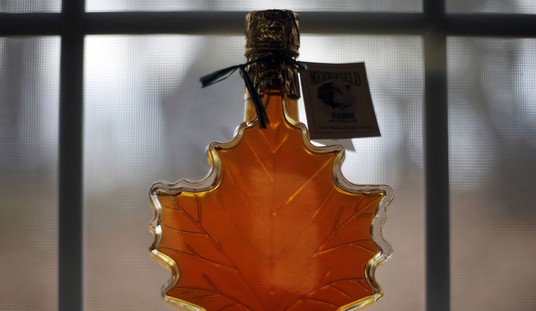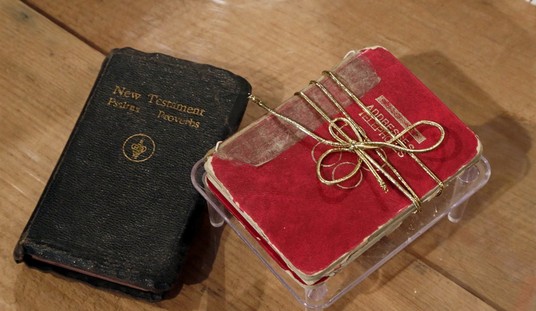On Wednesday of the week just past, the Department of the Interior conducted the first sale of oil and gas leases in the Gulf of Mexico since BP’s Macondo oil spill. Measured by the statistics touted in Interior’s press release, the sale would appear to be a rousing success:
NEW ORLEANS – The Department of the Interior’s Bureau of Ocean Energy Management announced that its Western Gulf of Mexico Oil and Gas Lease Sale 218, held [December 14] in New Orleans, attracted $337,688,341 in high bids and included 20 companies submitting 241 bids on 191 tracts comprising over a million acres offshore Texas. The sum of all bids received totaled $712,725,998. This announcement is consistent with steps President Obama announced in May 2011 to expand domestic oil and gas production safely and responsibly.
By comparison, the previous Western Gulf sale, Sale 210 in August 2009, saw high bids totaling $115 million for 164 tracts. More money for more tracts: what’s not to like?
A detailed look at the leasing history, however, reveals a different story. While deepwater remains active, the shallow water Gulf saw little leasing action. Many of the shallow water bidders from recent sales stayed home for Sale 218.
Administratively, the Gulf of Mexico is carved into thousands of tracts or “blocks”. A typical block is 9 square miles. Leases for “open” (unleased) blocks are offered in sealed bid auctions, normally twice a year. The semiannual regularity of the sales was disrupted in 2010 by the Macondo spill.
Figure 1 shows the number of tracts receiving bids in the last three Western Gulf of Mexico sales, broken out to show the split by water depth. Sale 218 saw renewed interest in deepwater blocks (water depth greater than 500 feet), with 179 blocks receiving bids compared to 130 in the last pre-Macondo sale. Two companies, ConocoPhillips and ExxonMobil, accounted for 125 of those high bids.
But in the shallow waters of the “Shelf” (water less than 500 feet deep), only 12 blocks received bids, down from 34 in 2009 and 67 in 2008.
A similar trend is evident if we consider the number of companies bidding for operating rights on new leases (see Figure 2). In the 2008 sale, shallow water tracts drew bids from 32 companies. That number declined to 18 companies as oil and gas prices fell in 2009 from their 2008 peaks. But in 2011, only 8 companies bid for shallow water leases. The number of companies bidding on deepwater leases actually grew to 12.
“Big Oil” rules the deepwater. Shallow water has become the domain of smaller independent companies, many of them privately-held. None of the shallow water operators are household names; nonetheless, their jobs and capital investment supports the economies of several states across the region and contributes to the nation’s domestic energy supply.
Macondo was a deepwater event. Some 40,000 wells have been drilled on the Gulf of Mexico Shelf, and in the last 40 years the total volume spilled from Shelf wells, drilling and producing, is less than the Macondo well was probably spilling per day. The risk of deepwater operations is several orders of magnitude greater than on the Shelf, yet the regulatory regime is little different.
We should not be surprised to find that the burden of increased regulation in the offshore falls disproportionately on smaller operators. As they curtail their activity or focus their attention elsewhere, the shallow water drilling contractors and small service companies who work for the operators will feel the pain.
While it may be mature as an exploration province, the Gulf of Mexico Shelf remains an important storehouse of resources and a potential source of jobs. Regulatory overkill threatens to finish it off for good.
Cross-posted at my blog.















Join the conversation as a VIP Member